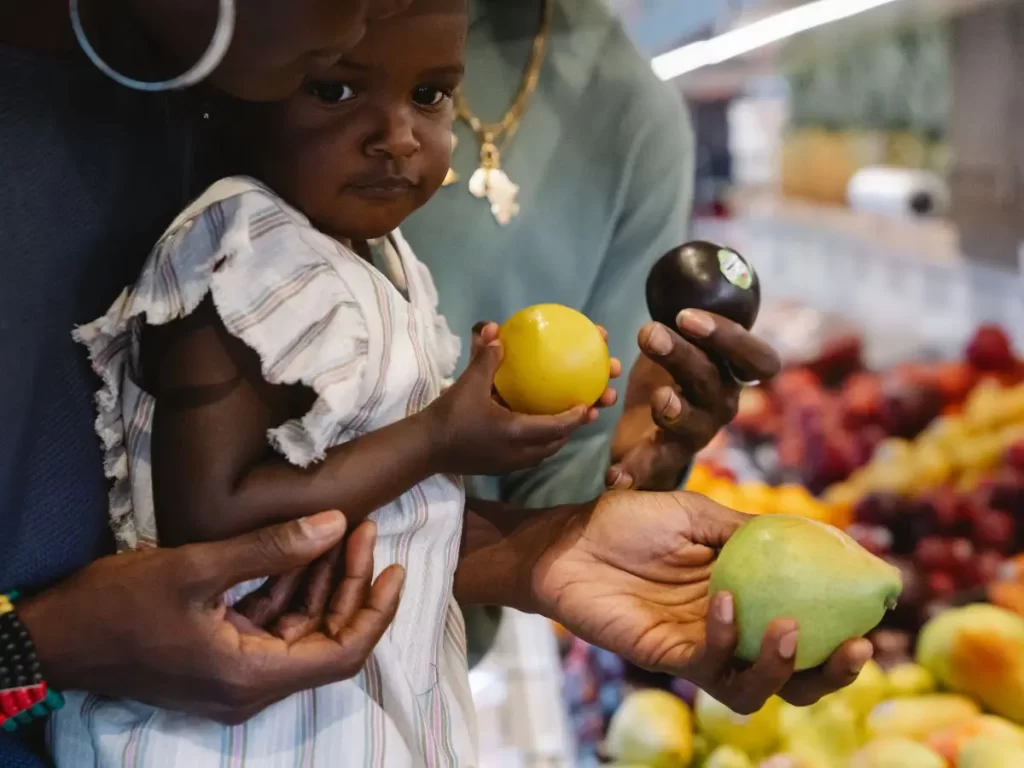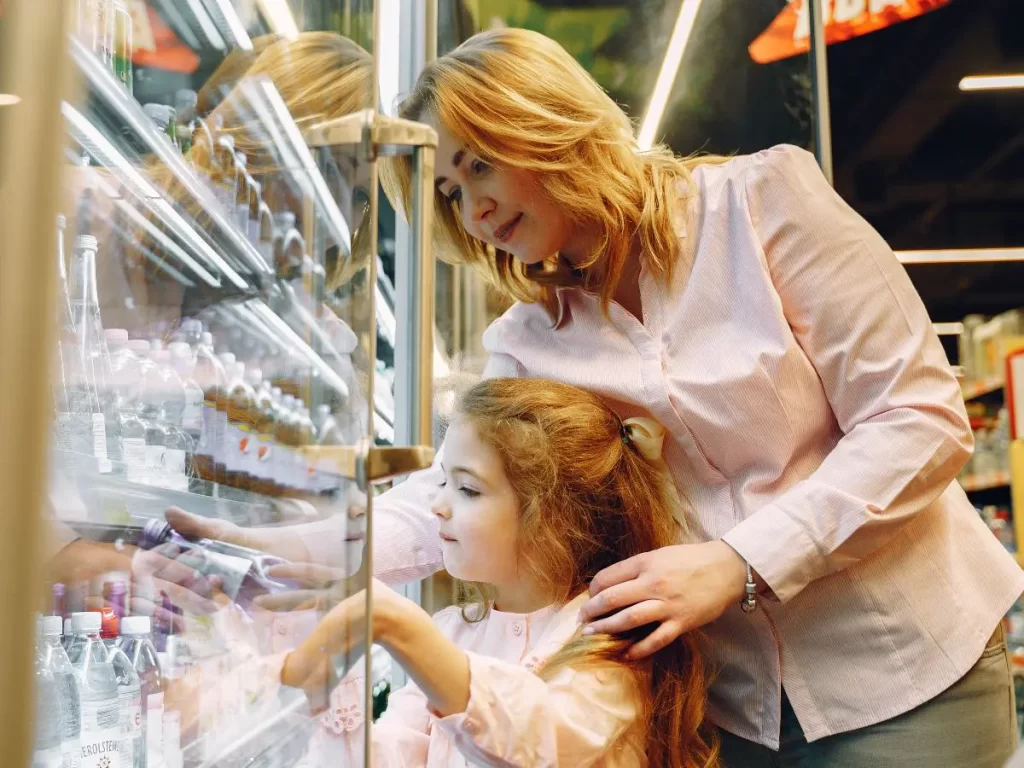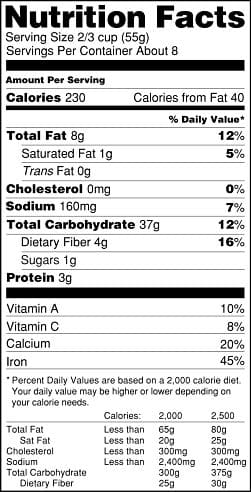How Keep Your Kid Busy at the Grocery Store
Educational opportunities while grocery shopping with kids
Every busy parent knows the potentially painful experience of going grocery shopping with kids. Whether it’s a matter of saving time or saving the cost of a babysitter, sometimes your young sidekicks must come along. But a trip to run an errand like getting groceries doesn’t have to be a burden. In fact, there are lots of ways to make a trip to the grocery store productive for you and educational for your child. And if you can do two things in the same trip, why not try it? Here’s how to make the most out of a trip to the grocery store with your kids, no matter their age.
3-5 years: practice counting and colours

Play the biggest game of ‘I spy’ in the fruit and vegetable aisle! You can make the trip fun by asking them to identify the colour of the items on your shopping list. Try to have them find those coloured items in the store. You can advance this colour search by saying, “We need cheese for taco dinner at home, can you see where the cheese is?” Then explain why cheese sometimes comes in different colours and what that means for how it tastes. Once they find the food item from your list, ask them to count how many of the item you need. Your child can even keep counting the items in your grocery cart. This simple counting can introduce addition each time you add something to the cart.
6-8 years: practice reading and identification
Making grocery shopping a fun educational experience is a great way to get your kids to read and learn new things. Start simple by having your child read the items on the shopping list. They can read out loud or just to themselves. As your child grows more comfortable with this, you can switch roles. Have them pick out the items as you read them from the list.
To take it a step further, ask your child to think of ingredients that will be needed for the meal. For example, it’s Taco Tuesday, so ask them what items you need to make tacos. Do you need ground beef, tomatoes, cheese, lettuce, etc? You can also get them to think about other meals you make at home. Have them list the things you need to make them. This could become a fun game to play in the grocery store to both learn and have fun.

9+ years: practice learning about portions and price comparisons

A far step from basic counting skills, why not have your child try their hand at comparing prices. Under the guiding principle that the family likely wants to put the food in the basket that is more cost-effective and lower in cost, you can ask your child to compare an item like poultry or pasta and see which one they think would be more money-friendly to buy. Within reason, you can also take the opportunity to explain to your children why you choose the food you do. Especially if sometimes you go for the more expensive option. On the way to teaching your kids about meal preparation, you can also ask them to select how much of an item is needed to feed all the members of your family. “How many taco shells do we need to buy if everyone in the family will eat two tacos at dinner tonight?”.
Including your child in the process of grocery shopping makes them feel like they have contributed to the process of meal preparation and cooking at home. They will also enjoy the feeling of helping their parents who do so much for them day in and day out. Make extra time to spend in the grocery store, because you never know how many ways you can find to make the experience plentiful in learning.
Do you have tips to share about keeping your kids busy in the grocery store? Pop on over to our FB page and share!
